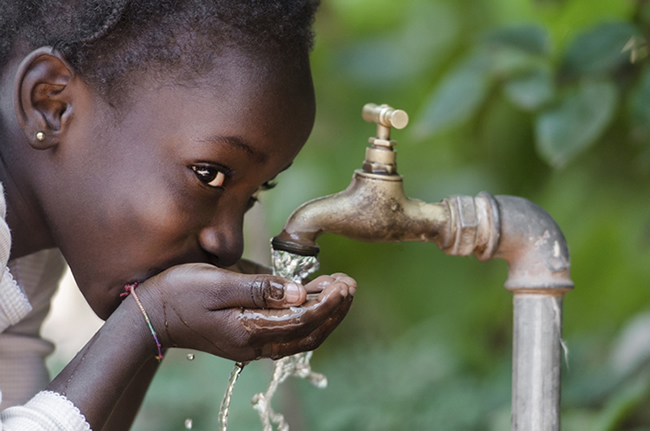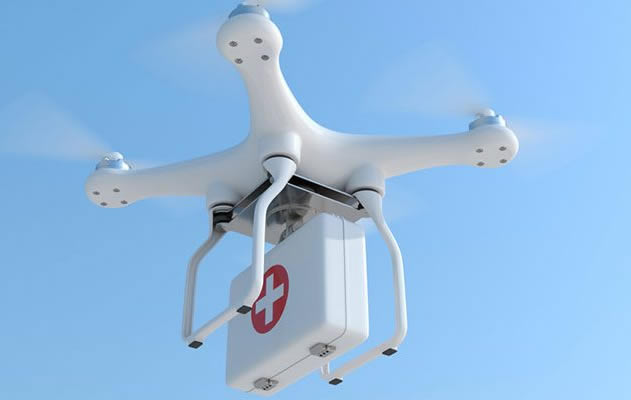Who Will Quench Our Thirst ? Asks Residents Of Nkwanta-North
- Home
- Who Will Quench Our Thirst ? Asks Residents Of Nkwanta-North

Who Will Quench Our Thirst ? Asks Residents Of Nkwanta-North
 Water is a fundamental human need. So important is it to human existence that it is fondly said to be life.
Water is a fundamental human need. So important is it to human existence that it is fondly said to be life.
The United Nations (UN) considers universal access to clean water as “a basic human right, and an essential step towards improving living standards worldwide.”
It is for this reason that the UN sustainable development goal (SDG) Six that seeks to ensure the “availability and sustainable management of water and sanitation for all by 2030.”
By this SDG, the UN called on all member states to take steps to “achieve universal and equitable access to safe and affordable drinking water for all” by 2030.
However, this is not the case with the residents of Sibi, Lamina, Kone, Nabu, Tinjase, and other communities in the Nkwanta-North district in the Oti Region. The residents of these communities break their backs as they walk long distances in search of water that can never be described as potable.
During the rainy season, streams, rivers and rain water is what they rely on as their sources of water. The situation becomes dire in the dry season when the surface water that give them water dry up.
A recent visit to this part of the country brought to the fore painful ordeal the people go through to quench their thirst.
At Sibi for instance, the only source of “water” for the about 8000 residents is a dam that was constructed by the Member of Parliament (MP) for Nkwanta-North, Mr John Oti Bless in 2017.
This, they share with livestock such as cattle, sheep and goats.
When I got to the site of the dam at about 5pm on Tuesday, February 26, the area was bustling with activity as the old, the young, women, and children, were trying to outdo each other to fetch water.
If the scientific definition of water as being odourless, colourless, and tasteless is anything to go by, then the milky brown liquid they fetched was not water. The “water” was muddy, but that is what they knew and called water. They drank, bath, and use it for other domestic purposes.
Just like their counterparts at Sibi, the residents of Lamina, also rely on a dam they constructed through the support of the Ghana Social Opportunities Project (GSOP) in 2018 for water.
Some of the residents lamented how they had no option but drink that contaminated water which they knew would have adverse health effects. Meanwhile, the water system that was installed by the Community Water and Sanitation Agency (CWSA) to supply potable water to the residents of Sibi, Damanko and Kpassa townships has broken down.
The least said about the boreholes and standpipes that were constructed at various communities across the district the better.
A visit to some of the communities including Azua, Abunyanya, Nabu, Tinjase, Pibilla, showed that about 80 per cent of the pipes had broken down. Most of the existing pipes coughed for about 10 to 20 minutes before droplets of water drizzled for a few of the lucky residents to fetch.
Consequences
If water is life then the residents of Nkwanta-North are living corpses. For 38-year-old Konja Tasun, a resident of Lamina, it was only the hand of God that kept them alive.
“There are some worms in the water. When we drink it, we fall sick and have to spend the little money we have to treat abdominal pains at clinics. As I speak now, there is an outbreak of diarrhoea, stomach ache and other related diseases in this community. We are really suffering here,” he said.
The acting District Director of Health at the Nkwanta-North district, Mr AbdulAziz Mamudu, corroborated this claim when he confirmed that diarrhoea, cholera, dysentery, typhoid intestinal worms infestation ranked highly on the list of cases at the Out Patient Department (OPD) at the Kpassa Health centre and other health facilities.
The water crisis has also affected education in the district because in some of the communities, the children miss instructional hours hunting for water. In other situations, caterers of the school feeding programme prepare their meals using the contaminated water, thereby exposing the children to health risks.
Compelling figures
The lack of access to potable water in Nkwanta-North only paints a picture about the thousands of people in Ghana and millions others worldwide who struggle to get this important resource.
For instance, the Joint Monitoring Programme (JMP) report by the World Health Organisation (WHO) and UNICEF released in 2017 showed that 3 in 10 people worldwide or 2.1 billion people lack access to safe, readily available water at home.
The report added that 844 million of those people do not have even a basic drinking water service.
“This includes 263 million people who have to spend over 30 minutes per trip collecting water from sources outside the home and 159 million who still drink untreated water from surface water sources, such as streams or lakes,” the report added.
Additionally, the JMP report of 2017 said 361 000 children under five years of age die every year through diarrhoea as a result of drinking unsafe water.
Conclusion
The District Chief Executive (DCE) for Nkwanta-North, Mr Jackson Jakayi, said efforts are being made to fix the broken pipes to partly address the water challenge.
He also said he was in touch with the CWSA to refurbish the water system to restore water supply to parts of the district.
It does appear that more need to be done to address the water challenge in the Nkwanta-North district and other rural communities.
A former United Nations (UN) Secretary-General, Ban Ki Moon, nailed it when he said:
“The children who have no clean water to drink, the women who fear for their safety, the young people who have no chance to receive a decent education have a right to better, and we have a responsibility to do better. All people have the right to safe drinking water, sanitation, shelter and basic services.”
Source: graphic.com.gh
- Share
Classic Ghana
Classic Ghana brings you into a fun world of arts, entertainment, fashion, beauty, photography, culture and all things in between. Let’s explore these together!







